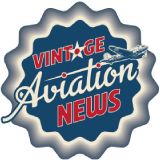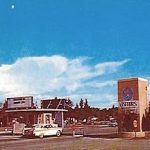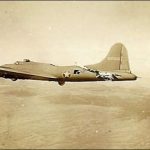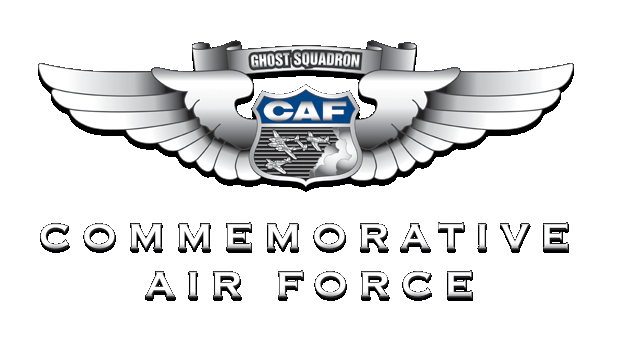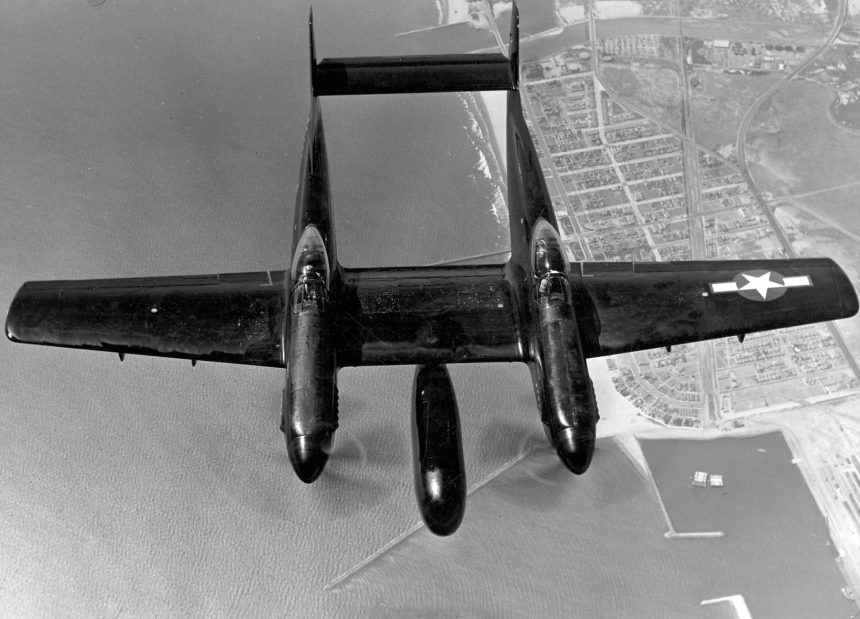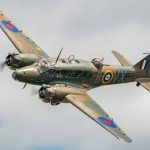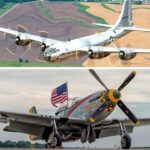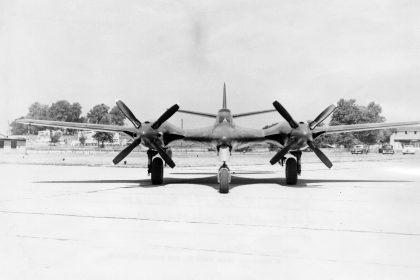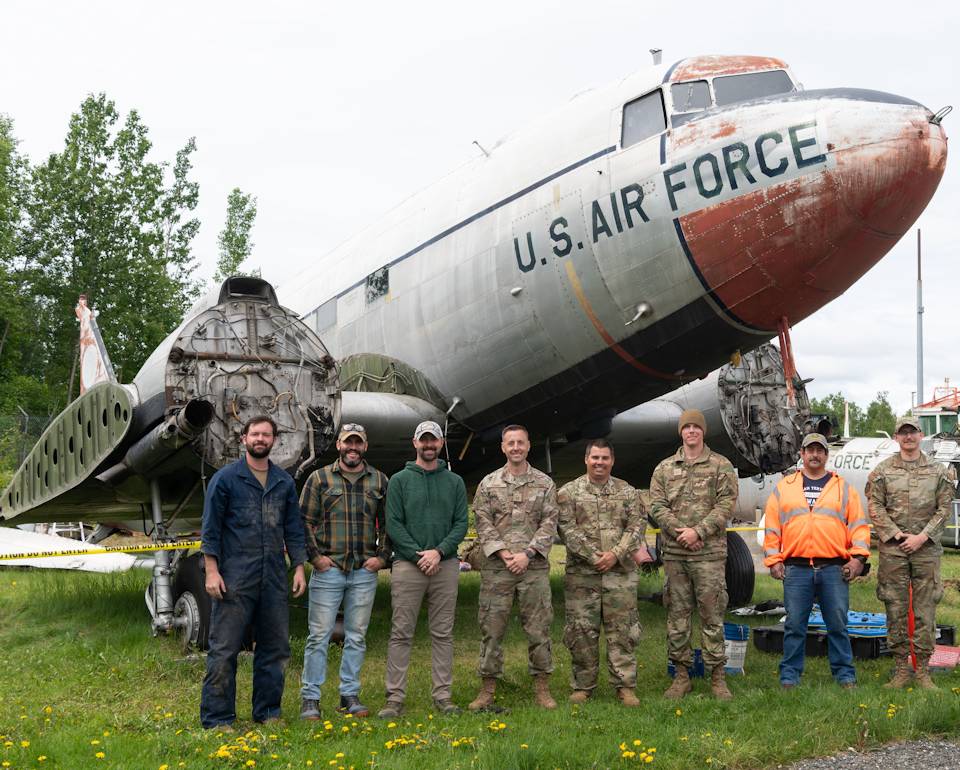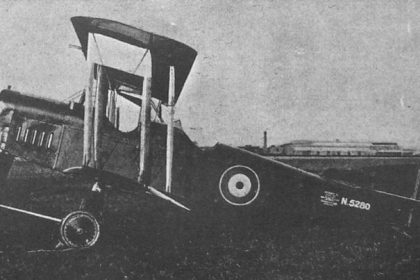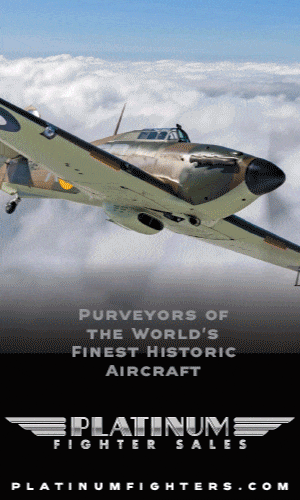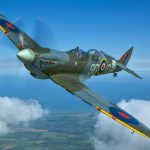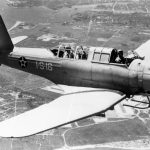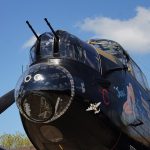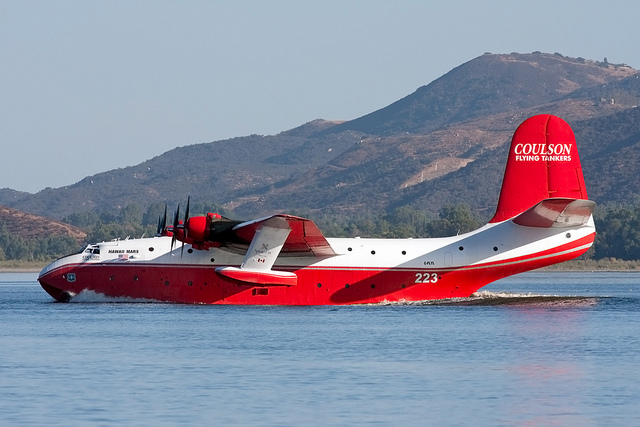
On this day in aviation history, June 27, 1950—75 years ago—the Korean War saw its first air-to-air victory. In the early stages of the conflict, the skies over Korea often featured dogfights between propeller-driven aircraft, many of which were holdovers from World War II. On the side of United Nations forces, aircraft such as the P-51 Mustang, F4U Corsair, and B-29 Superfortress remained in front-line service. Opposing them, Communist forces fielded a similar range of WWII-era fighters, including the Soviet-designed Yakovlev Yak-9.
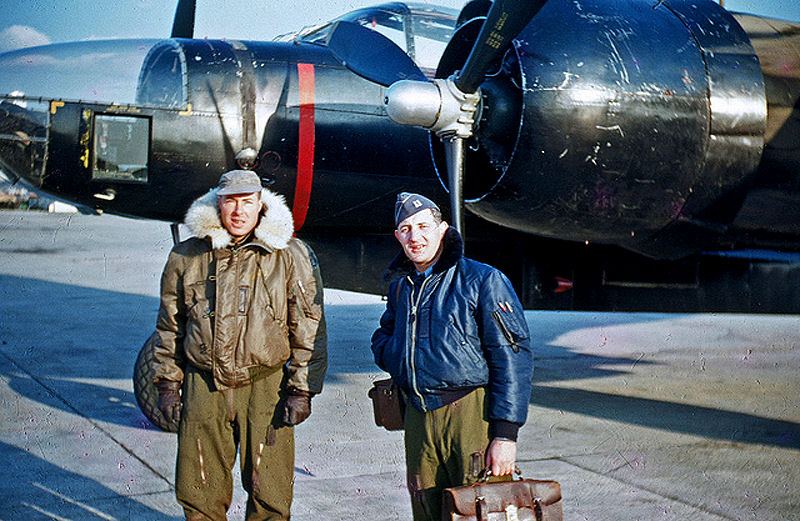
The first aerial victory of the war was achieved by a United States Air Force F-82 Twin Mustang. Originally developed near the end of World War II as a long-range bomber escort, the F-82 was a unique twin-fuselage derivative of the P-51 Mustang. Following the postwar transition in military designations—where “P” for “Pursuit” became “F” for “Fighter”—the P-82 was redesignated F-82, while the P-51 became the F-51.
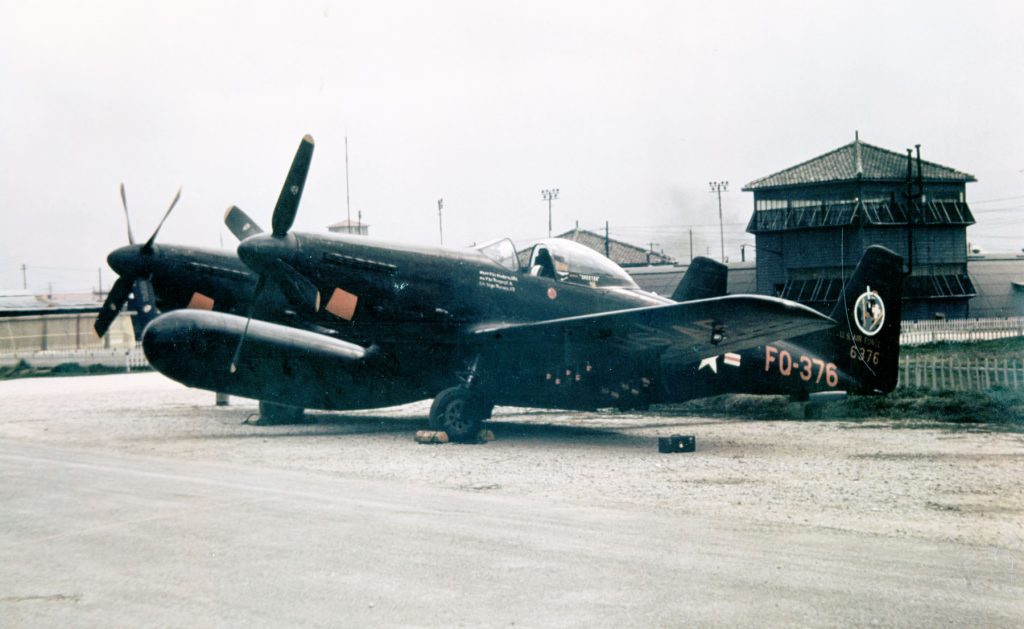
Powered by two Allison V-1710 engines, each producing 2,250 horsepower with opposite propeller rotation, the F-82 could reach a top speed of 461 mph and had an impressive range of 2,240 miles. With a service ceiling of 38,900 feet and an armament of six .50 caliber M3 Browning machine guns, twenty-five 5-inch rockets, and four 1,000-pound bombs, the Twin Mustang packed serious firepower for air combat and ground attack missions.

Based primarily in Japan, F-82s were among the first U.S. aircraft to conduct missions over Korea. On June 27, 1950, an F-82 scored the war’s first air-to-air kill by shooting down a North Korean Yak-11 near Gimpo Airfield, piloted by Lt. William G. Hudson and carrying Lt. Carl Fraser as radar operator,. These aircraft were escorting C-54 Skymasters that had come under enemy attack. In that same mission, Twin Mustangs downed two additional North Korean aircraft—both Lavochkin La-7s—securing the first three aerial victories of the war.
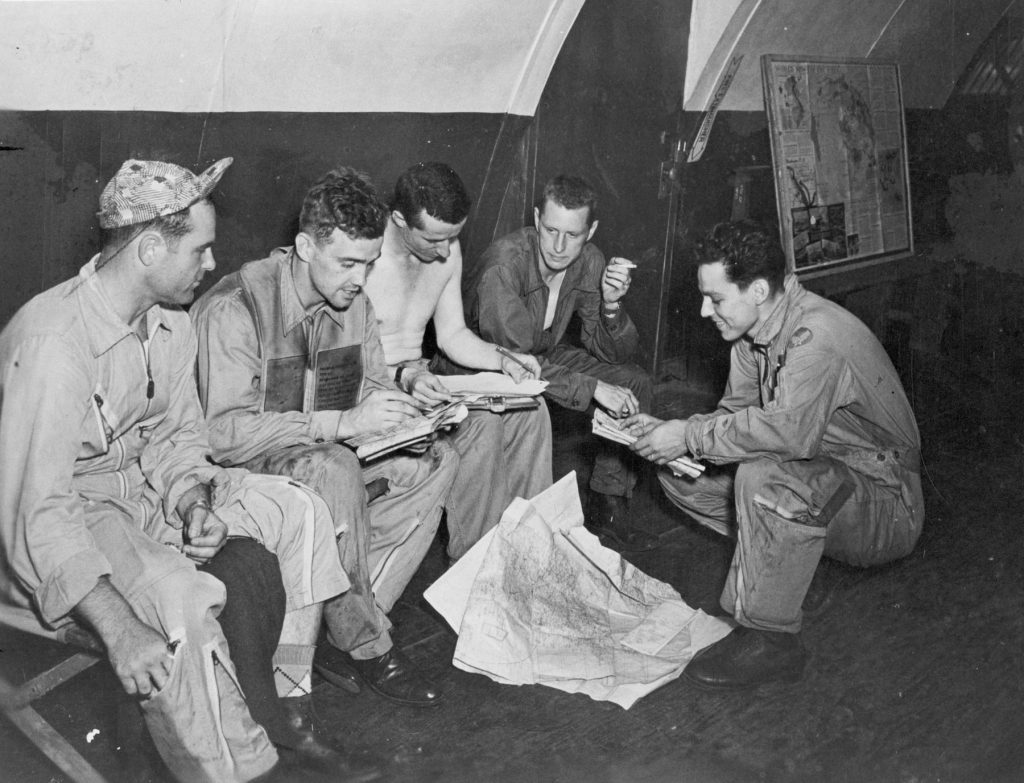
Today, aviation enthusiasts are fortunate to witness the continued legacy of the Twin Mustang. XP-82 serial number 44-83887, meticulously restored by renowned warbird restorer Tom Reilly, returned to flight in 2018 after a multi-year rebuild. Currently for sale through Platinum Fighter Salesyo, this rare aircraft is expected to find a new home with an owner committed to keeping it flying and preserving the remarkable legacy of the F-82 Twin Mustang for future generations.
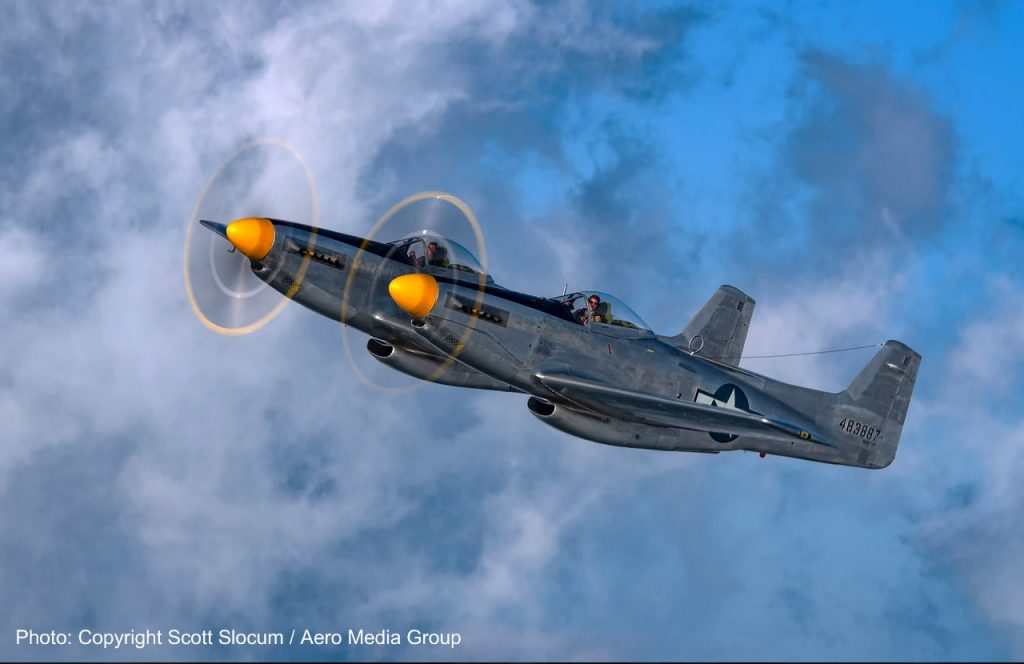
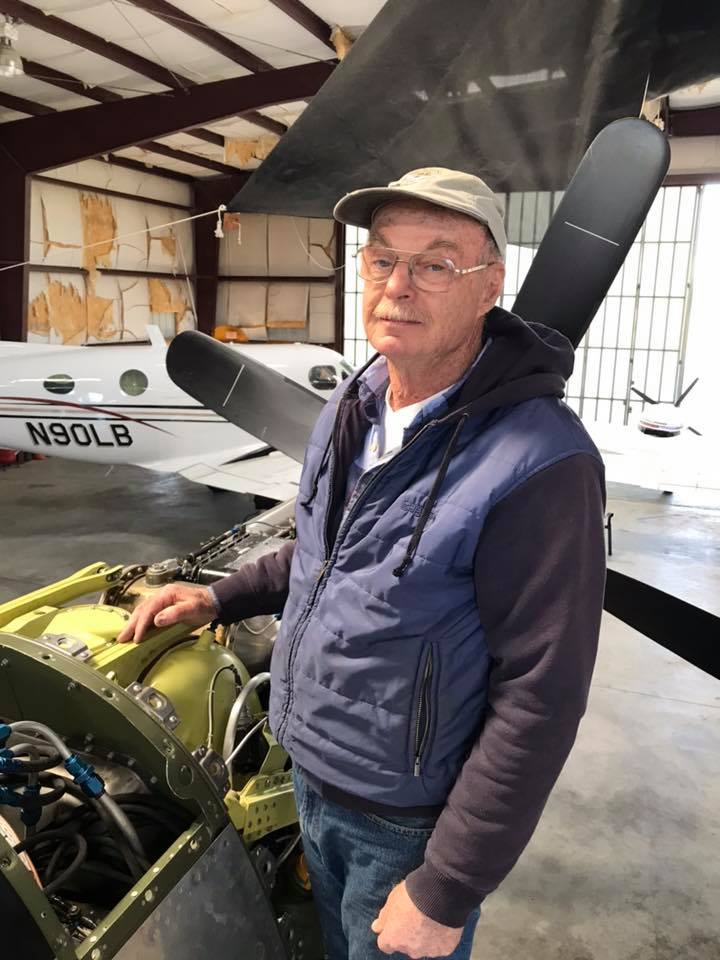
. (image by Alan Armstron)
